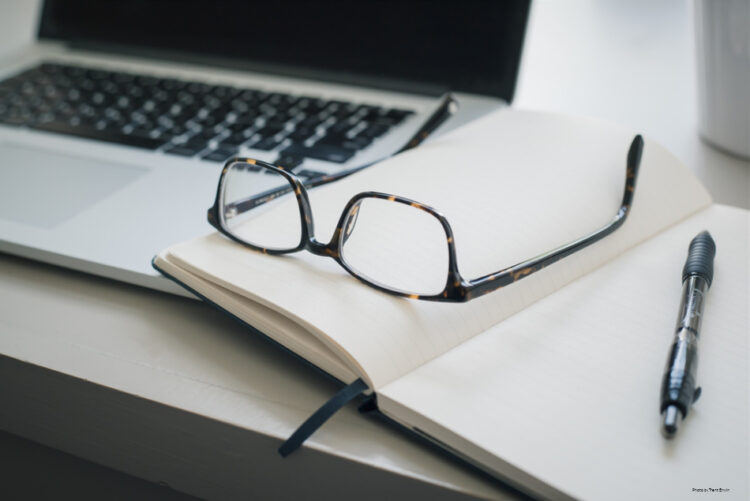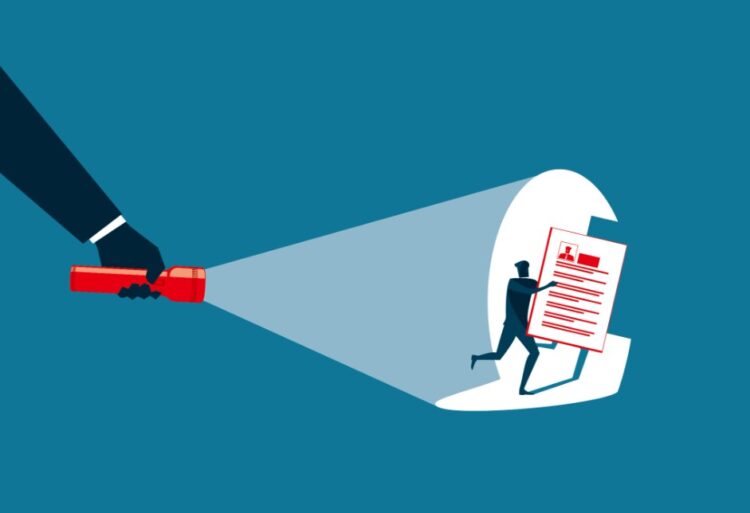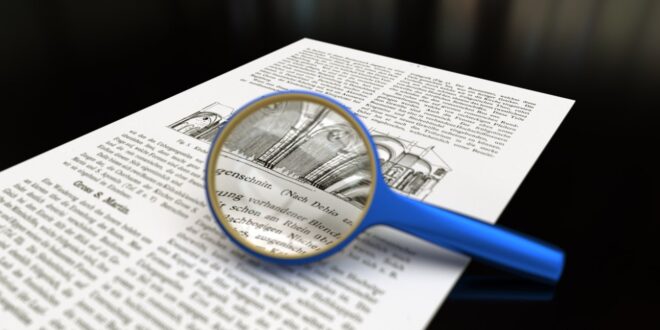The Internet is a worldwide base for accumulating, processing, and transmitting information. Today it is difficult to imagine life without the Internet. By accessing the Internet, we become part of the World Wide Web. And not without reason, the Internet is used in all spheres of society’s life and has become its integral part.
You can easily find any necessary information materials (content) in the global network. However, copying is considered plagiarism, i.e. presenting someone else’s words and ideas as one’s own. Plagiarism is a moral crime and often a criminal offense. But still, it is often used by students, business representatives, scientists, etc.
There are a number of rules that must be followed in order to avoid plagiarism. The experts of the online copywriting service Writing Metier know all the requirements and always adhere to them in their work. Therefore, if you need quality content without plagiarism, you can contact them and get help. But if you want to learn more about plagiarism, how to avoid it, and get useful tips on writing plagiarism-free papers from scratch, try to read the material in this article carefully.
Plagiarism and Its Main Types

Most often, plagiarism finds its expression in appropriating the authorship of someone else’s results of intellectual work by publishing them under one’s own name. Plagiarism is also possible in the partial use of someone else’s work or citation without reference to the source. In the scientific literature, there is a point of view according to which illegal acts of coercion of co-authorship can also be recognized as plagiarism.
Depending on the type of activity and scope of application, plagiarism is divided into four types, each of which has its own purpose:
- Professional – involves the assignment of intellectual, creative, and professional achievements of others for professional purposes (authority, earnings, awards, recognition, etc.);
- Educational and scientific plagiarism consists in assigning someone else’s intellectual property exclusively in the process of obtaining a scientific degree, educational qualification, or recognition in these areas;
- Social plagiarism – occurs in everyday relationships. It is the same as professional but does not refer to professional activity;
- Normative plagiarism – appropriation of legislative, legal, methodical, scientific, and practical developments. Its difference is that it is universal without belonging to anything or anyone. For example: appropriating a program for developing the social security system or publicizing methods for resolving disputes in civil law developed by one’s authorship.
Negative Consequences of Plagiarism and Ways to Combat It

Plagiarism is a key problem in the quality of science and education. The negative consequences of scientific plagiarism are:
- Violation of rights and interests of creators;
- Deterioration of the quality of scientific activity, lack of new scientific achievements;
- Decrease in the quality of educational materials, which can affect the quality of specialists’ training;
- Contemptuous attitude towards someone else’s intellectual and creative work, leveling of ethical standards in the scientific field;
- Negative impact on the reputation of the scientific institution where the plagiarist works.

The use of plagiarism has negative consequences not only in the field of science and education but also in any other spheres of life. Therefore, it is essential to use various methods of combating non-unique content, the main ones of which include the following:
- Increasing the level of legal culture, forming a respectful attitude to the rights of creators, a negative attitude to the improper use of other people’s results of intellectual and creative activity;
- Prevention of cases of unintentional plagiarism. Improper design of links may cause copyright infringement of authors whose works are used in scientific research but are not properly cited. In this regard, it is considered extremely necessary to hold special methodical seminars on the general provisions of copyright, the content of copyright, conditions of lawful use of works, cases, and limits of free use of the content;
- Activation of the activity of authors in the field of detecting and stopping plagiarism. Acquaintance with the articles published on the subject of the author’s research may allow not only to identify cases of illegal borrowing of scientific works without proper references but also to take measures to protect the violated rights;
- Paying due attention to the detection of plagiarism by the editors of scientific journals. Proper information about the inadmissibility of plagiarism does not always guarantee proper compliance with the specified requirements by all authors. In this regard, a conscientious and careful attitude of editors, as well as reviewers to the problem of detecting plagiarism in scientific articles submitted for publication is of great importance;
- Application of special programs that allow detecting plagiarism in content. The advantages of such programs are quick detection and proof of cases of illegal borrowing of someone else’s material and appropriation of authorship.
Expert Recommendations for Writing Plagiarism-Free Papers

As we can see, plagiarism is a big problem nowadays. There are many ways to combat it and contribute to the spread of unique content. However, each individual should be concerned about creating plagiarism-free content on his own. Here are some valuable tips that will help you cope with the task successfully:
- Topic and content. The topic of your paper must be unique and carry scientific novelty. So, you can avoid plagiarism even before you start writing the text;
- Systematization of information. Plagiarism-free work involves a selection of a large amount of literature and articles on the research topic, which will help to take a broader look at the research problem;
- Own style. Do not copy the text from the selected literature, but express your own opinion. The best thing you can do is to analyze the existing information and describe your findings in a paper;
- Memorize literature. Be sure to copy the source title and the full reference to the site, and highlight the text in color. This will help not to lose the link and understand where this or that information was taken from;
- Follow the citation rules. This is by no means an ordinary problem, as there are dozens of different citation styles. Once you have chosen a citation style, stick to it throughout your work.
Conclusion
Plagiarism is traditionally associated with literary works, but a much larger number of violations occur in the daily process of creating information. Recently, cases of misappropriation of other people’s materials often remain unnoticed due to the scattering of works in periodicals, a huge number of information sources, and mass media. All these circumstances make it difficult to detect plagiarism.
Nevertheless, compliance with copyright norms is the responsibility of every modern person who respectfully treats their own work and other people’s work. There are a number of important rules and useful tips that content creators should use. Put the recommendations received in this article into practice and create plagiarism-free papers without the slightest difficulty!
 Hi Boox Popular Magazine 2024
Hi Boox Popular Magazine 2024



